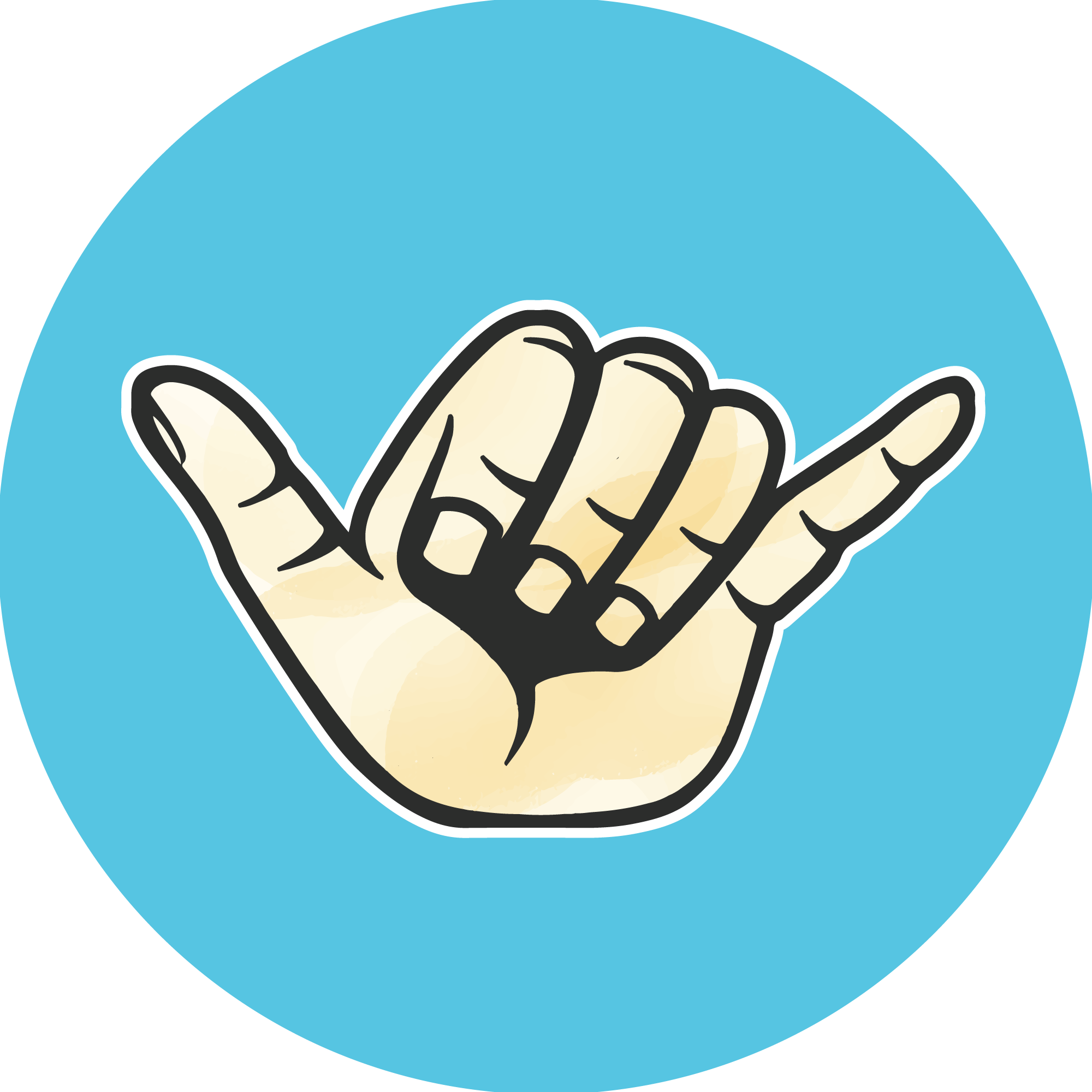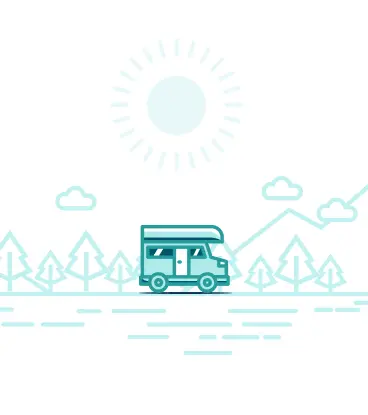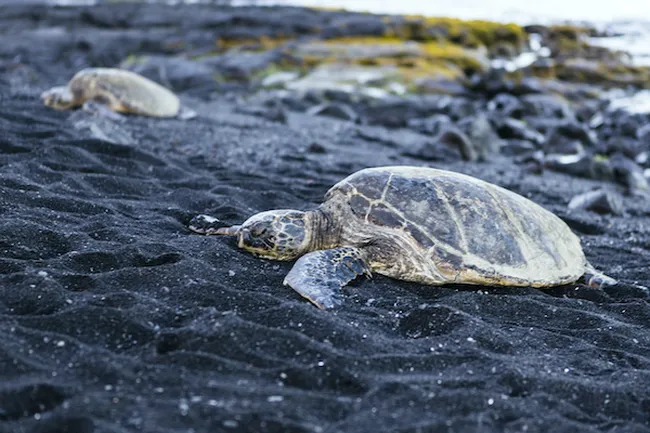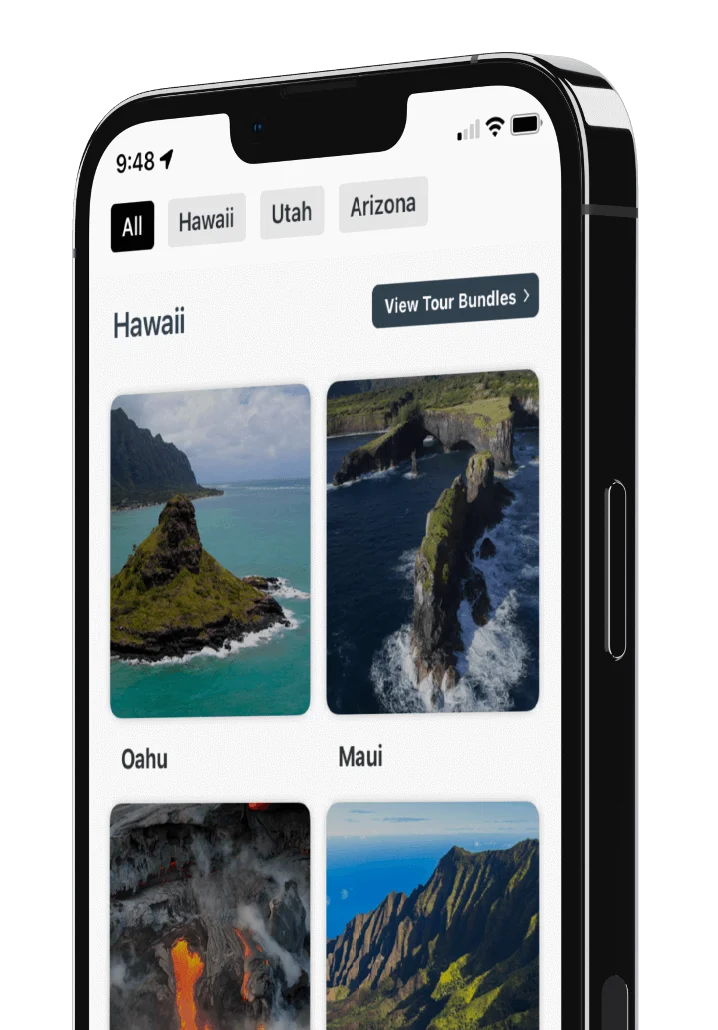
Get Ready to Have Your Breath Taken Away on Big Island's Mauna Kea

The views from Mauna Kea are simply breathtaking.
Literally.
In fact, you’ll need to stop on your way up to acclimate to the air because it has significantly less oxygen.
Atop this historic dormant volcano, you can stargaze at the Mauna Kea Visitor Information Station or, maybe, you’ll just take in the views.
Whatever your fancy, you’ll find everything you need to know about the summit, snow, and stargazing in this guide from directions and attractions to history and culture.
Getting to Mauna Kea
The Big Island of Hawaii has it all. You probably already know about Hilo side’s rainforest jungles and Kona side’s desert beaches.
But here's something that might shock you... It snows here too! Even in the summertime.
 Mauna Kea Summit / Steve Halama / Unsplash
Mauna Kea Summit / Steve Halama / Unsplash
You might be surprised to see a snowy mountain on the horizon--that’s Mauna Kea, the highest point in the state of Hawaii.
So to get there, just go up as far as you can.
All jokes aside, coming from all directions, the best way to get to Mauna Kea is via Saddle Road.
From Hilo, take Puainako Street or Kaumana Drive to Saddle Road and then take a right on to Mauna Kea Access Road. Keep left.
 Mauna Kea Access Road / Robert Linsdell / Wikimedia Commons / CC-by-2.0
Mauna Kea Access Road / Robert Linsdell / Wikimedia Commons / CC-by-2.0
If coming from Waimea, take 190 to Saddle Road.
Turn left on Mauna Kea Access Road and then keep left.
Or the easiest--and most interesting way to get there--is by taking the Shaka Guide South Island tour or the Shaka Guide North Island tour. Both will guide you directly to Mauna Kea and share some cool stories abut Hawaiian history and culture along the way!
Take a Breather
Regardless of your plans, you’ll need to stop on your way to the top at the Visitor Information Station at about 9,200 feet to acclimate to the air. This is also a great time to check the weather and review any posted safety information.
The science behind the stop?
From some starting locations, you might go from sea level to over 14,000 feet in under two hours on the drive up Mauna Kea. This means you’ll be getting about 40 percent less oxygen when you arrive at the top.
Gasp!
This change can easily cause altitude sickness which is no walk on the beach. And since you probably don’t want to spend your vacation nauseous, tired, and achy, take our advice!
Definitely stop at the visitor’s center, especially if you're going all the way to the summit.
 Keck Telescopes on Mauna Kea Summi / Robert Linsdell, CC BY 2.0, via Flickr
Keck Telescopes on Mauna Kea Summi / Robert Linsdell, CC BY 2.0, via Flickr
Mauna Kea
If you aren’t sure what type of vacation you need, the Big Island of Hawaii might be exactly the destination you’re in search of. This island is known for its diverse scenery and climates. You can even find nearly freezing temperatures and snow some parts of the year on Mauna Kea.
Bet you never thought you’d get a white Christmas in Hawaii!
Even when it's not snowing, there are still a ton of things see and learn at the highest point in Hawaii.
 Bruce Irving / Unsplash
Bruce Irving / Unsplash
Formation, History, and Significance of Mauna Kea
You may have heard (in particularly thorough travel guides, perhaps) that Mauna Kea is the highest point in Hawaii.
But, why stop at just Hawaii?
Did you also know Mauna Kea is the tallest mountain in the world?
It's true!
If you measure from its base at the bottom of the ocean, Mauna Kea is over 33,000 feet tall! That's taller than Mount Everest!
Whoa, right?!
So, how did this giant form?
The volcano began forming as a shield volcano over the Hawaii hotspot around a million years ago and became highly active 500,000 years later.
About 250,000 years after that, Mauna Kea became dormant.
Since then it has continually flattened out under its own immense weight giving it the lopsided, elongated look you might notice from certain angles.
 View of Mauna Kea from the ocean; prayitnophotography, CC BY 2.0, via Flickr
View of Mauna Kea from the ocean; prayitnophotography, CC BY 2.0, via Flickr
And what do Native Hawaiians have to say about it?
According to Hawaiian culture and religion, Mauna Kea was the home of the snow goddess Poli'ahu. It is also associated with other Hawaiian divines such as Lilinoe, Waiau, and the creator of man, Wakea.
In ancient times this land was forbidden to all but the highest chiefs, priests, and royalty. Today, anyone with four-wheel drive can make it to the realm of the gods, although making the trek to the true summit is strongly discouraged as this is still considered sacred land.
Attractions
Mauna Kea is packed with attractions. From breathtaking views and stargazing to sledding and hiking, there’s something here for everybody.
We’ll give you the low down on the Volcano's attractions under this header, but stay tuned for our personal favorite Mauna Kea activity in the following section (see World Renowned Stargazing).
 JCMT on Mauna Kea | Photo by A. Woodcraft, Public Domain, via Wikimedia Commons
JCMT on Mauna Kea | Photo by A. Woodcraft, Public Domain, via Wikimedia Commons
The Hike
You’re able to drive or hike to the peak from the Visitor Information Station. Four-wheel drive is required if you are driving--most rental cars simply can’t make it. If you're hiking, the trail is about six miles long. You’ll start along a roadway and then come across a trail to the left. Follow trail signs until you arrive at the clearly defined remainder of the trail.
The last mile of the trail reunites with the road.
Don’t forget to gloat...
Once you get to the summit of Mauna Kea, you're at the highest elevation in all of Hawaii. So if you make it to the top, for a brief period, you might be able to say you’re the highest person in all of Hawaii.
(Although, some fun-loving locals are sure to give you a run for your money. 😜)
The Views
Being so high up also has other perks such as the breathtaking views. The views on the hike and drive are unbelievable.
Many days you might find yourself looking down on the clouds, but that has its own charm, doesn’t it?!
And sometimes, you can look across the whole mountain and below. It’s truly a site to see!
 Mauna Kea with snowtop; eliascallejo; CC BY 2.0; via Flickr
Mauna Kea with snowtop; eliascallejo; CC BY 2.0; via Flickr
Fun in the Snow
White Christmases are pretty rare in Hawaii, but not as rare as you might think.
Throughout February and March, there is often snow on top of Mauna Kea, and some years you might be able to find snow as early as January or December and as late as July!
But, again, remember…
The air up there is very thin. You might find yourself short of breath more often than you expect. The safe thing to do in this situation is to stop and take a breather.
Tours and Talks
The Visitor Information Station and park officials host many different educational and entertaining events. From observatory events and lectures to commercial tours, there’s something for everyone to learn.
On the fourth Saturday of every month, the Visitor Information Station hosts community speakers who give talks about Mauna O Wakea (Mauna Kea’s traditional name) from a cultural perspective.
Rather not hike?
There are several tour guide companies that can take you up to the Mauna Kea summit if you’d prefer not to hike but don’t have four-wheel drive.
Mauna Kea Summit Adventures, Adventure Hawaii, and Hawaii Forest and Trail can all get you there for around $200 per person.
Of course, the can’t-miss event of Mauna Kea is the Star Gazing Program...
 Mauna Kea Summit Near Dawn; brewbooks; CC BY 2.0; via Flickr
Mauna Kea Summit Near Dawn; brewbooks; CC BY 2.0; via Flickr
World Renown Stargazing
It's no coincidence that Mauna Kea is at the center of the astronomy world. Conditions on the volcano make for some of the best stargazing on the planet.
The height of the mountain puts much of the summit above the cloud line. Additionally, light pollution on the island is minimal and has remained so due to government regulation.
🚫💡=🌠🌠🌠
🤲🏼🤲🏼🤲🏼
 Did we mention the stargazing was world class on Mauna Kea?; Hawaii Tourism Authority (HTA) / Anna Pacheco
Did we mention the stargazing was world class on Mauna Kea?; Hawaii Tourism Authority (HTA) / Anna Pacheco
Under these conditions, you don’t need a thirty-meter telescope to see into the universe!
The star viewing from Mauna Kea is remarkably clear even with the naked eye.
Although you won’t see through the Keck Observatory, volunteers and staff set up high-tech telescopes which are open to visitors during the tours.
And the best part?
The whole experience is totally free!
The Star Gazing Program tours at the Visitor Information Station are beautiful and extremely educational. It runs Tuesdays, Wednesdays, Fridays, and Saturdays from 7:00 pm until 10:00 pm.
Star Gazing Tips
Even during the summer, the temperatures at the Visitor Information Station can get close to freezing. Remember to dress warmly!
It's COLD! ❄❄❄
Bring your coat. Bring your beanie. Bring your mittens.
Bring all the blankets you can carry out of your hotel room before the front desk starts getting suspicious. 😁
Get gas before you leave town. There are no gas stations on Mauna Kea or on Saddle Road, so you’ll end up calling a tow truck if you don’t fill up before leaving!
This one is important:
Parking is extremely limited. Visitor Information Station parking is almost always full and you will usually need to wait in line to stargaze. You should allow a fair amount of time to navigate crowds.
Safety Info
I’ve already pestered you about stopping to acclimate to the altitude. But if you plan on going to the summit, there are some other things you’ll also need to know to ensure your health, safety, and enjoyment.
Yay, more lectures…
First, it's not recommended that anyone who is pregnant or in otherwise vulnerable health go beyond the Visitor Information Station. Children under 13 years of age also probably shouldn’t go as their changing bodies are more affected by altitude.
If you're going scuba diving while on the island you’ll need to space these activities out, as well. Going up the mountain after diving can give you decompression sickness.
Nothing like a case of the bends to wreck your Hawaiian getaway!
Four-wheel drive is required past the Visitors Center, so it might be time to give your friend with a jeep a call.
No 4 Wheel Drive. No Mauna Kea summit.
Luckily, your rental car should be able to make it to the Visitor Center just fine and there's plenty to see and do there.
 Sunset at the Mauna Kea Summit | Photo by Joe Parks; CC BY 2.0; via Wikimedia Commons
Sunset at the Mauna Kea Summit | Photo by Joe Parks; CC BY 2.0; via Wikimedia Commons
Wrapping Up: Get Packing!
Now you’ve got most of the information you need to make a trip up Mauna Kea.
Don’t forget the important bits:
Stop on your way to the summit. You’ll wish you had if you don’t.
When you're in Hawaii, please be respectful of the land, animals and plant species you come across. Hawaii's ecosystems are fragile. You can show your aloha by leaving the trail better than you found it. Always dispose of your trash properly and never trespass on private property. If there are no trespassing signs, they are there for a reason! For more on how to be a safe and responsible traveler when you visit Hawaii, click here.
Lastly, you’ll need a four-wheel drive vehicle, a full tank of gas, and a heavy coat to make it to the summit.
Are you planning a trip or have you already been?
Tell us your story in the comments below, or better yet, share all this lovely information and your story on social media!
Ready to take the tour? Check out Shaka Guide's South Island Epic Coastal Journey Tour!
We hope that we’ve given you all the information you need to make the most of your day. Your vacation is extremely important to us so if you have any questions feel free to reach out at aloha@shakaguide.com.
For more detailed information to help you plan, check out our South Island Epic Coastal Journey Itinerary and Know Before You Go article.





















